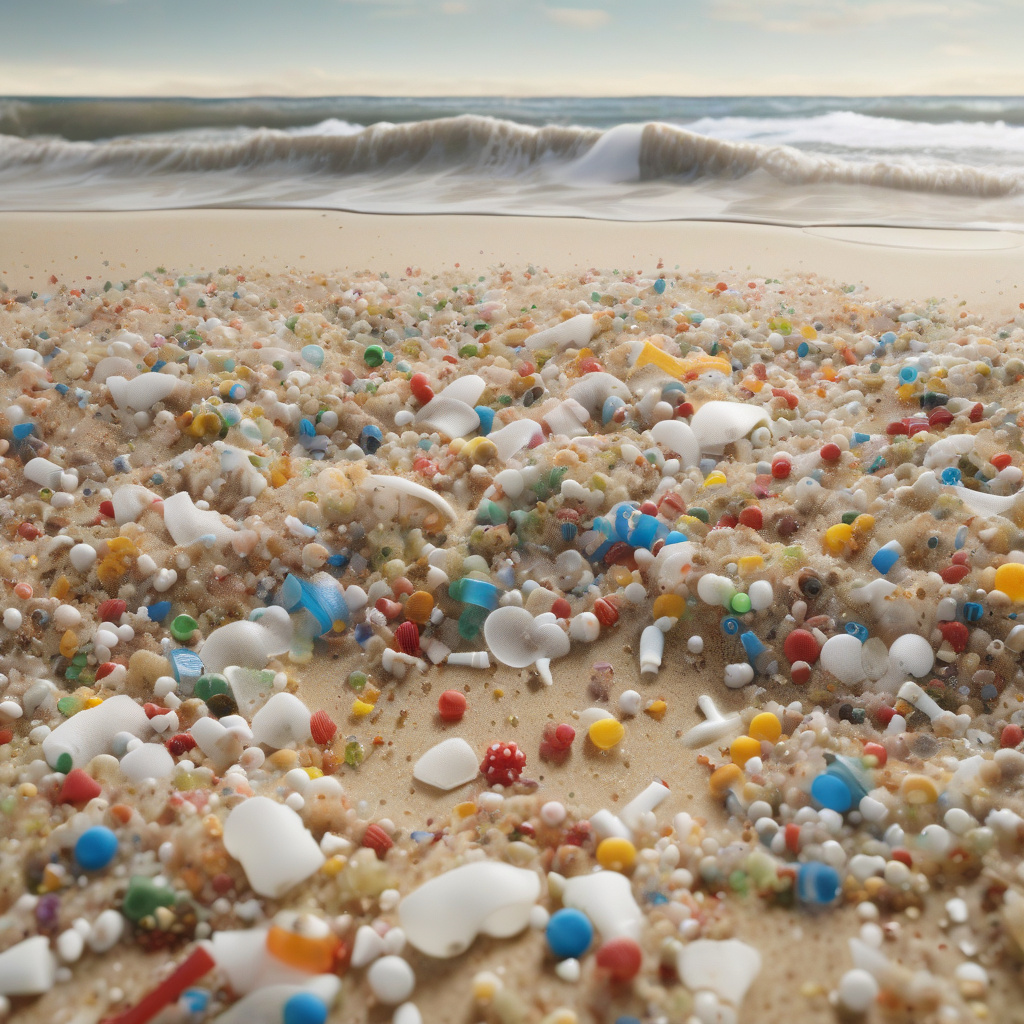Sewage Spills and Coastal Winds Fuel Microplastic Pollution: Plymouth Study Reveals
In a groundbreaking study conducted by researchers in Plymouth, a concerning link has been discovered between sewage spills, coastal winds, and the escalation of microplastic pollution in our oceans. The findings shed light on a significant environmental issue that demands immediate attention and action.
The research conducted by Plymouth University delved into the impact of sewage spills and coastal winds on the spread and accumulation of microplastics in marine environments. Microplastics, tiny pieces of plastic less than 5mm in size, have become a ubiquitous presence in our oceans, posing a severe threat to marine life and ecosystems.
One of the key findings of the study was the role of sewage spills as a major source of microplastic pollution. When sewage systems overflow or malfunction, they can release a significant amount of microplastics into the surrounding water bodies. These microplastics, which come from a variety of sources including synthetic fibers, microbeads, and fragments of larger plastic items, are then carried by coastal winds and currents, spreading them far and wide.
Coastal winds were also identified as a crucial factor in the dispersion of microplastics. The study revealed that strong winds along the coast can transport microplastics over considerable distances, leading to their widespread distribution along the shoreline and beyond. This not only exacerbates the pollution problem in coastal areas but also contributes to the contamination of remote and previously pristine marine environments.
The implications of these findings are alarming. Microplastics are ingested by a wide range of marine organisms, from tiny plankton to large whales, causing harm at various levels of the food chain. The toxic chemicals present in microplastics can bioaccumulate as they move up the food chain, ultimately posing a threat to human health when seafood contaminated with microplastics is consumed.
Addressing the issue of microplastic pollution requires a multi-faceted approach that tackles both the sources of contamination and the mechanisms of dispersion. Efforts to upgrade sewage infrastructure, implement better waste management practices, and promote the responsible use and disposal of plastic materials are crucial steps in mitigating the problem at its root.
Furthermore, monitoring and controlling coastal winds to prevent the long-distance transport of microplastics can help limit their spread and accumulation in marine ecosystems. Public awareness campaigns, community clean-up initiatives, and policy interventions are also essential in raising awareness about the issue and mobilizing collective action to combat microplastic pollution.
The Plymouth study serves as a wake-up call, highlighting the urgent need to address the intertwined issues of sewage spills, coastal winds, and microplastic pollution. By understanding the dynamics of microplastic contamination in our oceans and taking proactive steps to reduce its impact, we can work towards a cleaner, healthier marine environment for future generations.
The post Sewage spills and coastal winds are fuelling microplastic pollution, finds Plymouth study appeared first on Innovation News Network.
pollution, microplastics, sewage spills, coastal winds, marine environment












